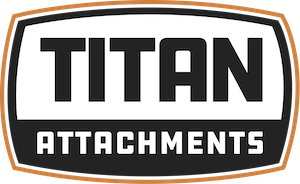Key Uses and Advantages of Tractor Drawbars
A tractor drawbar is more than just a hitch point; it’s a workhorse that opens up countless possibilities on your property.
From routine chores to heavy-duty hauling, a good drawbar can handle it.
- Towing trailers and wagons loaded with feed, tools, or harvested crops
- Moving hay bales quickly and safely with a bale spear-equipped drawbar
- Hauling implements like spreaders, sprayers, or log splitters right where you need them
- Relocating materials such as fencing supplies, gravel, or firewood across rough terrain
Beyond versatility, 3-point hitch drawbars let you hitch up quickly and reduce setup time.
For landowners, tractor drawbars are a simple upgrade that pays off every time you put your machine to work.
How to Choose the Right Tractor Drawbar for Your Needs
Picking the right tractor drawbar starts with matching it to the jobs you do most. If you regularly tow heavy trailers or equipment,
look for a 3-point hitch drawbar with a high tongue weight capacity and multiple hitch options, like a gooseneck ball and receiver hitch.
For moving hay, a drawbar with an integrated bale spear setup makes quick work of feeding and storage.
If you need an all-purpose tool for lighter chores, a standard option could be the most cost-effective choice without sacrificing performance.
You’ll also want to confirm that your drawbar is compatible with your machine.




